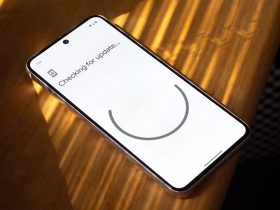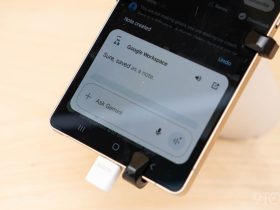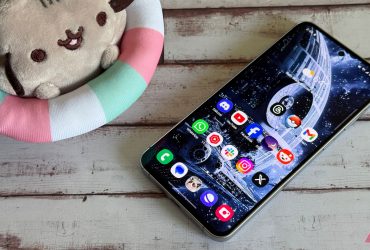The Pixel-Exclusivity Trap: How Google Locks Away Android’s Best Features
Contents
Android has always stood out from iOS by offering users more choices. You can pick your phone, customize your experience, and get the latest innovations without being locked into a single brand. Over the years, Google’s own Pixel line has been quietly shifting the landscape. Many software features rarely make their way to other Android phones. As Google tightens its grip on Android’s most innovative capabilities, it has created a two-tier ecosystem where Pixel users get the best version of Android, and everyone else gets what’s left.

Related
The rise of Pixel-first and Pixel-only features
Google reserves all the cool features for Pixel users

When Google introduced the Pixel brand in 2016, it showcased a clean, bloat-free Android experience. It meant to use it as a benchmark for what Android could be. It made sense that Pixel users would get first access to new ideas. But back then, many of these features eventually reached other devices. For instance, Google Assistant started as a Pixel exclusive before becoming widely available.
Today, that model has changed. Many Pixel-exclusive features stay locked to Google’s phones indefinitely. For example, Direct My Call and Call Screen remain largely Pixel-only perks. Magic Eraser has only recently been made available to non-Pixel users via Google One. Even then, it is behind a subscription paywall. While testing features on Pixel hardware first makes sense, the prolonged exclusivity alienates users who do not want a Pixel phone but still expect the best Android experience.
Google is becoming more like Apple
Android shouldn’t have an exclusive club

Having Pixel-exclusive features makes strategic sense from Google’s perspective. The Pixel series faces fierce competition from Apple and Android OEMs that offer powerful devices at competitive prices. Exclusive features make it easier to differentiate its hardware and entice users to buy Pixels instead of a Samsung or OnePlus phone.
In many ways, Google is taking a page from Apple’s playbook. Apple has long used exclusive software features like iMessage, AirDrop, and Continuity as selling points for its tightly integrated hardware ecosystem. Google seems to be applying a similar strategy, marketing Pixel phones as the most capable Android devices with special perks that no other Android brand can match.
But the problem is that Android was never supposed to be an exclusive club. Its appeal has always been in its ability to work across brands, devices, and regions. By creating feature exclusives, Google has created a gap between Pixel users and the rest of the Android community. This dynamic can be frustrating for those who have premium non-Pixel phones. Why should someone who spent over $1,000 on a flagship Samsung device have to wait for features available on a $499 Pixel?
The impact on Android OEMs
Google has created an uneven playing field

Google’s decision to hold back features for Pixels has real consequences for the Android ecosystem. Brands like Samsung, OnePlus, and Motorola invest heavily in developing unique software layers to differentiate themselves. However, they are increasingly at a disadvantage when Google holds back core Android innovations for its hardware.
It has led other OEMs to create their own custom features and interfaces because they know they cannot rely on getting access to Google’s latest innovations. For instance, Samsung offers features like DeX and Galaxy AI to stay competitive. While healthy competition ultimately benefits the user, Google’s favoritism leads to inconsistent user experiences across the Android ecosystem.
The logic behind Pixel exclusivity
It makes strategic sense in the face of competition
Pixel phones do not have the same market share as Samsung or Apple, so exclusives help generate interest and drive sales. This exclusivity may appear no different from what Apple does, but the key difference is that Apple controls the entire iOS ecosystem. Android is built on principles of openness and collaboration, yet Google undermines this philosophy by withholding certain features.
Google often justifies Pixel exclusivity by pointing to hardware differences. Many features rely heavily on Tensor, Google’s custom mobile chip. It is optimized for on-device AI tasks, making certain functions possible only on Pixel devices. It is also clear that many features could theoretically work on other powerful Android phones with Qualcomm’s latest Snapdragon chips. With the Tensor processor, Google has been playing the long game with complete control of the hardware and the software.
Non-Pixel users deserve better
The Pixel-exclusive trap is a growing concern for the Android ecosystem. While Google’s Pixel line demonstrates the best Android can offer, keeping key features locked away seems unfair to non-Pixel users. It risks turning Android into a fragmented ecosystem where Google reserves the experience for Pixel owners alone. The company must find a better balance between innovation and openness. That means treating Pixels as a launchpad instead of a walled garden. For instance, it can test new features on Pixel devices before expanding them more broadly.
What’s your reaction?
Love0
Sad0
Happy0
Sleepy0
Angry0
Dead0
Wink0










Leave a Reply
View Comments